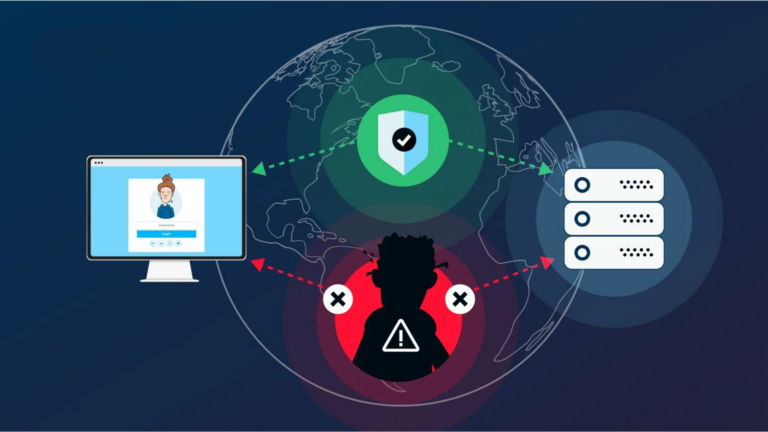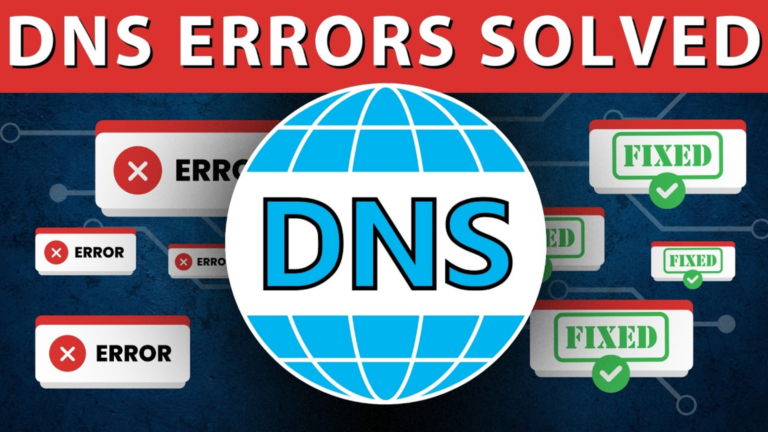What is DNS latency, and how can I reduce it?
What is DNS Latency?
DNS latency is the delay that happens when your device tries to reach a website. When you type a website’s address (like example.com) into your browser, your device must find the actual server that holds the website’s data.
This process is handled by the Domain Name System (DNS). The time it takes for your request to go through the DNS and get a response is called DNS latency.
High DNS latency means slow website loading times. If your DNS response takes too long, it affects how quickly a webpage appears on your screen.
What Causes High DNS Latency?
Several factors can lead to high DNS latency:
- Slow DNS servers – If your internet provider’s DNS servers are slow, the time to fetch a website increases.
- Distance to the DNS server – The farther away the DNS server is, the longer the request takes to reach it.
- Network congestion – Heavy internet traffic can slow down requests.
- Poor internet connection – If your internet speed is slow, DNS requests will also take longer.
- Too many lookups – If a webpage has many elements (images, ads, scripts), each one might need a separate DNS lookup.
How to Reduce DNS Latency
Reducing DNS latency can speed up browsing and improve overall internet performance. Here are some practical steps to lower DNS latency:
1. Use a Faster DNS Provider
Your internet provider’s default DNS servers might not be the fastest. You can switch to a better DNS provider like:
- Google DNS:
8.8.8.8and8.8.4.4 - Cloudflare DNS:
1.1.1.1and1.0.0.1 - OpenDNS:
208.67.222.222and208.67.220.220
2. Enable DNS Caching
Your computer and router can store recent DNS lookups, so they don’t have to request the same information repeatedly. Make sure DNS caching is enabled on your device or router to reduce repeated lookups.
3. Reduce the Number of Lookups
Websites with too many external elements (ads, social media buttons, images) require multiple DNS lookups. If you’re managing a website, reducing external requests can help.
4. Use a Local DNS Server
If you have a business network or a large number of connected devices, setting up a local DNS server can improve lookup speed by handling requests within your network.
5. Upgrade Your Internet Connection
A slow internet connection can increase latency. Upgrading to a better plan or switching to a different provider may reduce delays in DNS resolution.
6. Use a Content Delivery Network (CDN)
If you run a website, a CDN can store copies of your site’s data in multiple locations worldwide. This reduces the time it takes for DNS lookups and improves loading speed for users.
7. Restart Your Router
Sometimes, simply restarting your router can clear any temporary network issues that might be causing high DNS latency.
Conclusion
DNS latency plays a big role in how quickly websites load. Slow DNS resolution can make browsing frustrating, but there are ways to improve it.
Switching to a faster DNS provider, enabling caching, reducing unnecessary lookups, and improving your internet connection are some of the best ways to reduce DNS latency. Making these small changes can lead to a smoother and faster internet experience.






